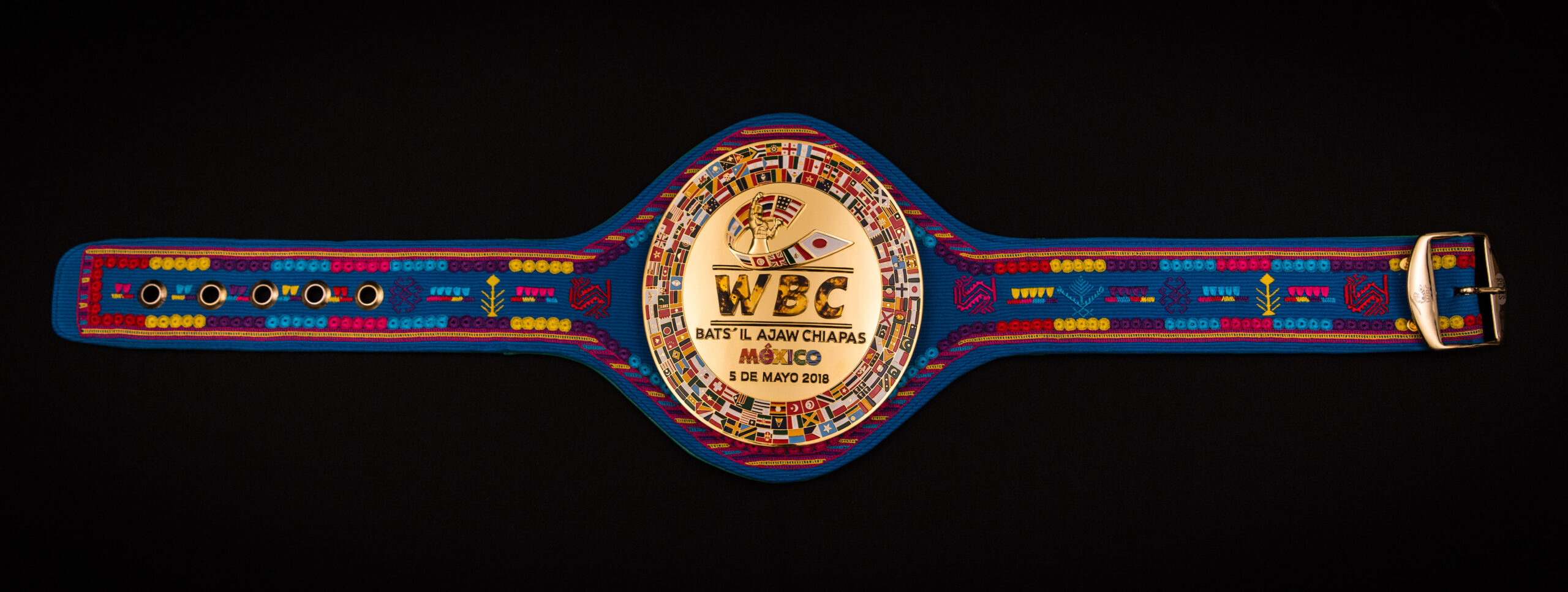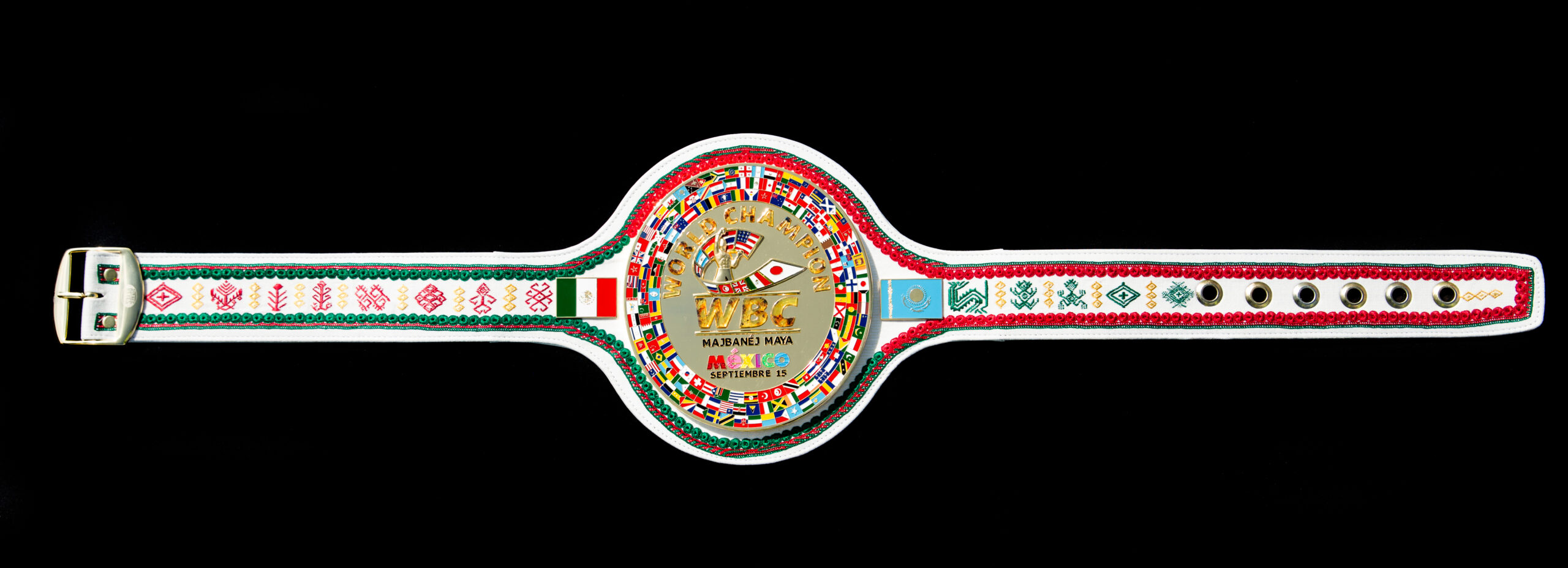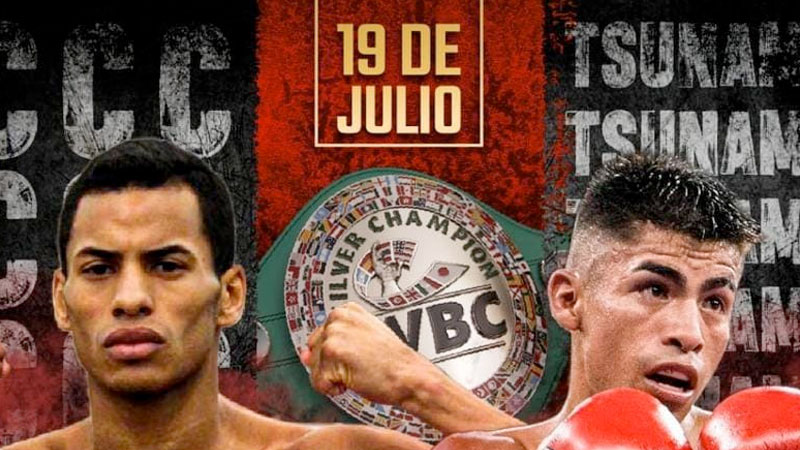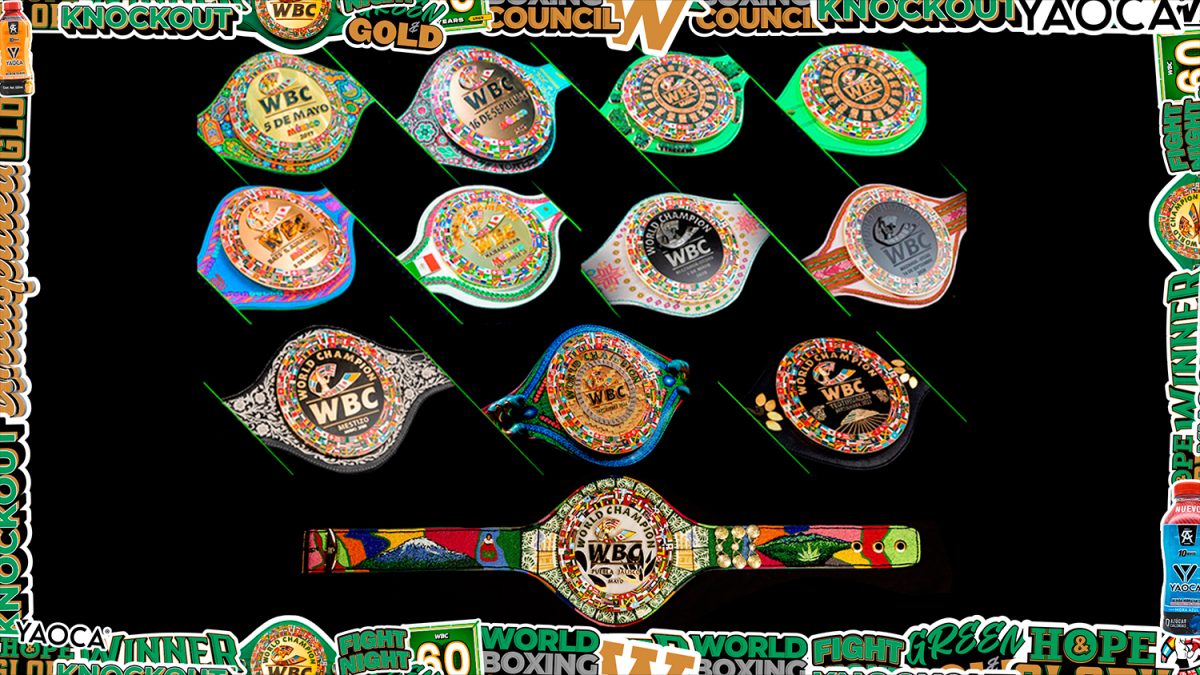
The World Boxing Council Commemorative Belts
World Boxing Council commemorative belts for May 5 and September 16, were created as a special trophy, which is bestowed upon the winner of great fights held around these two Mexican holidays, regardless of the nationality of the contenders.
World sports have a constant calendar with specific dates in which they present their most prestigious events, leading to a great expectation worldwide.
American Football has the Super Bowl in February, the World Series of Baseball takes place in October, the Champions League final is held in May.
In the case of boxing, something magical happens, as our sport has two dates on which we can see boxing at its zenith level: May 5 and September 16 (Commemorative dates for Mexicans).
These Special Belts concept was born in 2017, and since then, every year a culture is selected to create these belts and present a tribute from the sphere of the WBC to the world boxing and Mexican costumes.
Here we proudly present our all our commemorative belts so far.
“Huichol I” Belt
This handcrafted masterpiece was made by the Huichol people through the leadership of artist Luis de la Cruz López, who gave life to this mystical piece creating enigmatic worlds whose protagonists are moons, suns, trees, labyrinths, spirals, mountains and cosmic oceans that appear expressed. in the art, religion and the customs of the Huicholes.
It was disputed by Saul Alvarez and Julio Cesar Chavez Jr.
“Huichol II” Belt
It is a monochrome piece, that has a very special value as it reflects the heritage of an entire culture that has remained intact over time. This belt shows the importance of the Huichol symbology, the chakiras represent for this culture the heart of the deer, the sun, the fire and the wind. Luis de la Cruz worked alongside his brother Sergio, seeking to capture the essence of Mexico and Kazakhstan, while representing the corn cycle, a symbolic date for the Huicholes.
It was disputed by Saul “Canelo” Alvarez and Gennady Golovkin.
“Chiapaneco I” Belt
The “Bats’il Ajaw Belt” which means “True Hero“, was designed by Chiapas artisans. In each embroidery they sought to imprint the symbolism of this culture through iconic figures. Principally, the serpent, symbol of the earth and fertility. This edition was designed in blue hue, where the most representative symbols of this culture predominate.
It was disputed by Gennady Golovkin and Vanes Martirosyan.
“Chiapaneco II” Belt
La segunda edición de este cinturón lleva el nombre de “Majbanéj-Maya”, palabra maya tzotzil que significa “Guerrero Maya”, su diseño representa el poder, la fuerza y valentía. El maíz aparece cómo símbolo de la creación, la flor representa la belleza y la vida y el rombo; el mundo. En esta versión predomina el color blanco y se pueden observar detalles como el maíz, el jaguar y las flores, símbolos predominantes de la cultura.
Lo disputaron Gennady Golovkin y Saúl Álvarez en su segunda batalla
“Maya I” Belt
The Mayan belt represents the leadership of the jaguar warriors in search of recognition in the eyes of Kukulcan, the deity represents air and water, two of the most fluid elements in nature, assimilating the movements that take place inside the ring of boxing.
This belt has 4 elements on the left side that represent “Warrior“, “Jaguar“, “Leader” and “Fame“; while on the right side Kukulkan is represented. The belt buckle has the Mayan calendar, which was so important that there is evidence of its use throughout Mesoamerica.
Saul “Canelo” Alvarez and Daniel Jacobs disputed it
“Maya II” Belt
This work of art also recognizes the God Kukulcan, known as the Feathered Serpent; however, in this edition we can observe the movement of the snake that represents the joys and difficulties in the life of the human being.
It was disputed by Tyson Fury and Otto Wallin
“Mazahua” Belt
This belt was dedicated to the Heroes of Humanity, as a symbol of recognition of the pandemic that changed the world. It has the purpose of remembering all those who fought with their hearts to save many lives, dignify, and give faith and hope to all.
The belt is a piece of popular art from the State of Mexico, the result of the synergy between Mexican design and embroidery, created by the creative hands of Angelica and Lilia Reyes Martínez, who each embroidered one end of the belt.
The colors represent the harmony based on the love and affection of the family, the diversity, the fertility of the valleys; inspiration to protect women’s rights and freedoms; the future, the desire and the drive of young people.
The center of the belt is formed by an obsidian mirror from Teotihuacán in the form of a smoking mirror where you can see the God Tezcatlipoca, emblem of his warrior dedication, strength for battle and symbol of nocturnal power.
“Otomí” Belt
The State of Mexico and the Rubicó Art Gallery gave life to a unique hand-embroidered piece by artisan Reyna Rayon, who captured through her colors and symbolism the most important values of this ethnic group, which are love, family unity , equality, tolerance and opportunities.
An artisan jewel that the Rubicó Art Gallery complemented, it is a masterful work with obsidian stone, this being the heart of the belt.
Awarded to Julio Cesar Chavez and Jorge Arce in their exhibition fight in favor of health personnel.
Mestizo Belt
The Mestizo belt is inspired by charreria. It has embroidered the luck charra Cala de Caballo, a task in which the good rein and education of the horse is shown; it also carries two Friesian horses on three legs, the presence of the escaramuza which is very important since it is the women representation in this belt and in the charrería.
Saul “Canelo” Alvarez and Billy Joe Saunders disputed it.
Teotihuacan Belt
The belt is made up of more than 40 pieces of golden obsidian, an iconic rock of this culture that helped the economy of the Teotihuacan culture. In the center are two serpents found facing each other, with jade teeth. The bodies of Quetzalcoatl are part of the belt with a geometric framework alluding to the plumage that this deity had.
The golden obsidian and jade rhombuses are a geometry that refers to Teotihuacan mural painting. The piece has brass details, as well as the iconic pyramid of the sun and the moon.
It was disputed by Saul “Canelo” Alvarez and Caleb Plant
Guerrero Jaguar Zapoteca Belt
It was the Jacobo and María Ángeles Workshop, who, have created this extraordinary work of art from Mexico to the world with the most distinguished elements.
The belt is hand-decorated in organic and tribal forms conjugated in a bright color palette reminiscent of its artistic style.
In addition to enjoying two select applications in copal wood carving cup (the workshop’s main material), alluding to the claws of a jaguar, ornamented with the gold leaf technique.
The passion, the pride, the courage, the illusion, the tears and the effort are values inherent to boxing, which are juxtaposed with the artisanal decoration, including symbols, such as: Labyrinth, Rattlesnake, House and Person, whose meanings in wisdom Zapotec represent the constant search through the labyrinth, the maximum power — which comes from the rattlesnake —; the house is the place where the future is protected, grown and sown, and the person is the one who, humbly, forms his people and community.
It was disputed by Saul “Canelo” Alvarez and Gennadiy Golovkin
Puebla – Jalisco Belt
The belt possesses a mixture of color, from fiery reds and oranges tones to light blues and greens; However, this unique piece has intricate details that make it special. The iconic China Poblana is located on one side, which represents a symbol of strength and resistance in Mexican culture. And behind it, lays the majestic Popocatepetl volcano, as a testimony of power and nature beauty.
On the Jalisco side, the belt pays homage to the region’s most famous crop: Agave (Plant that produces the typical Mexican liquor Tequila. It lays as a symbol of hard work and celebration. Likewise, in the button panels there´s the charro suit, a symbol of strength, elegance, and poise; Finally, the volcano of Tequila is presented as a representation of the beauty of the Mexican West.
It will be contested by Saul “Canelo” Álvarez and John Ryder.
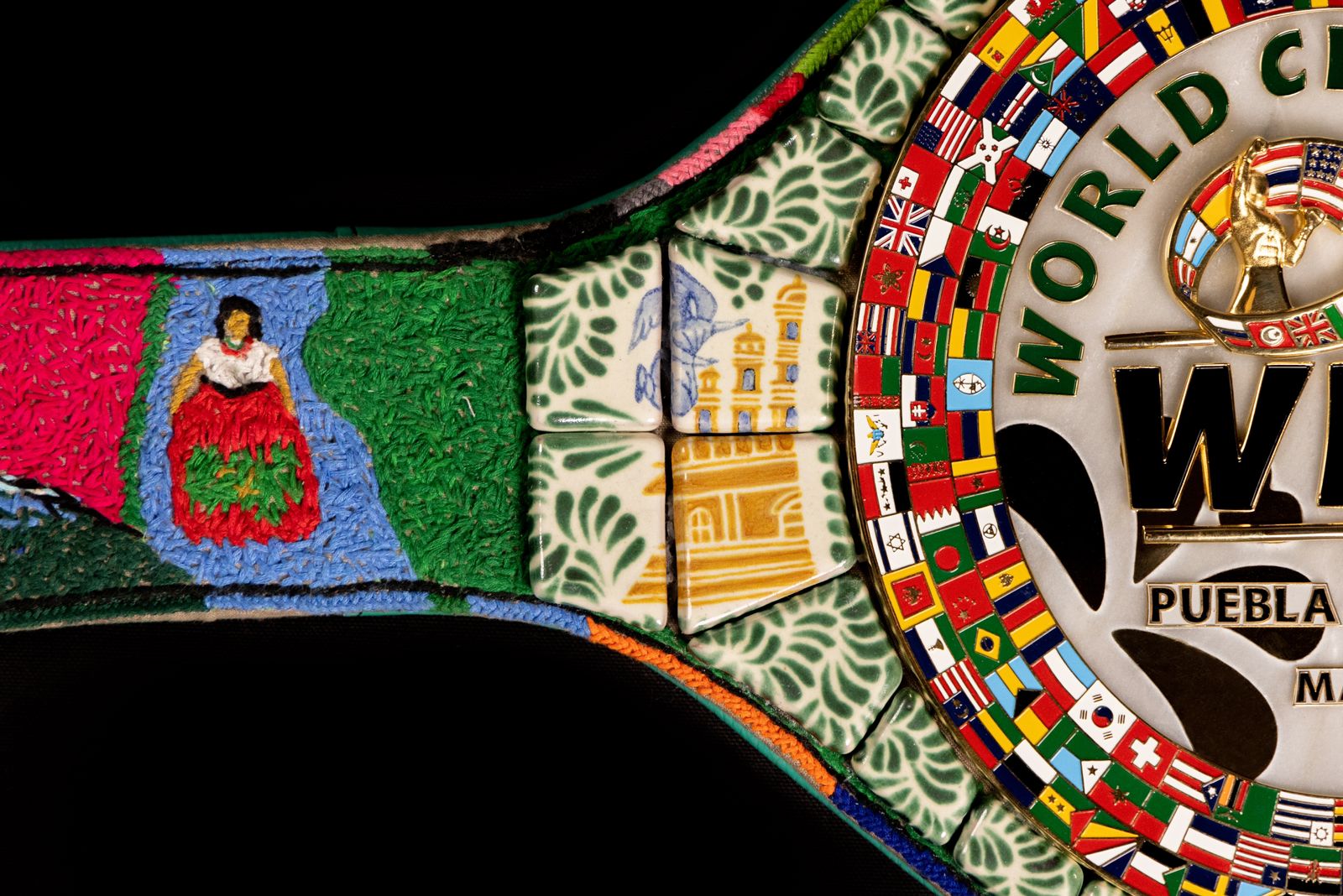

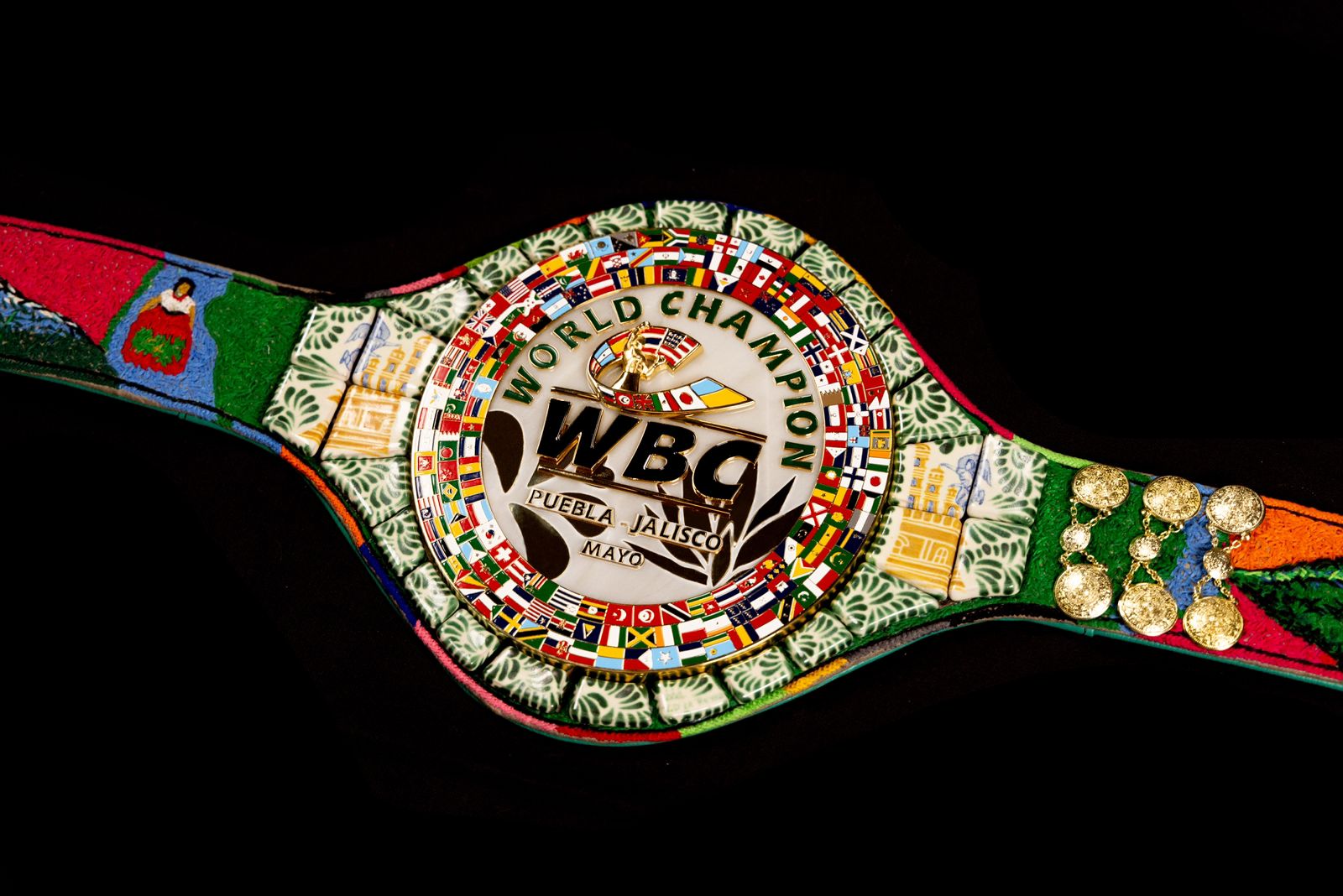
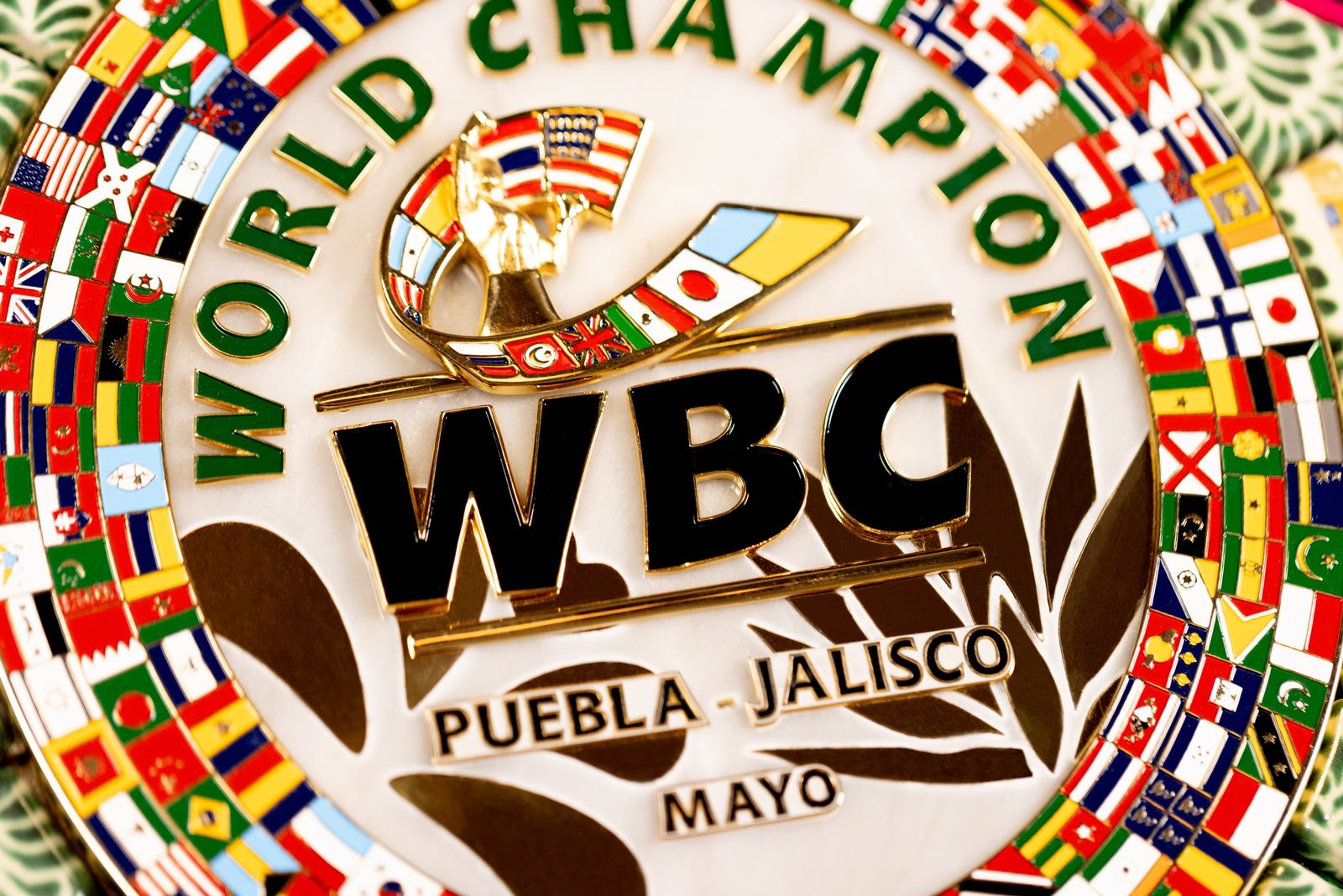
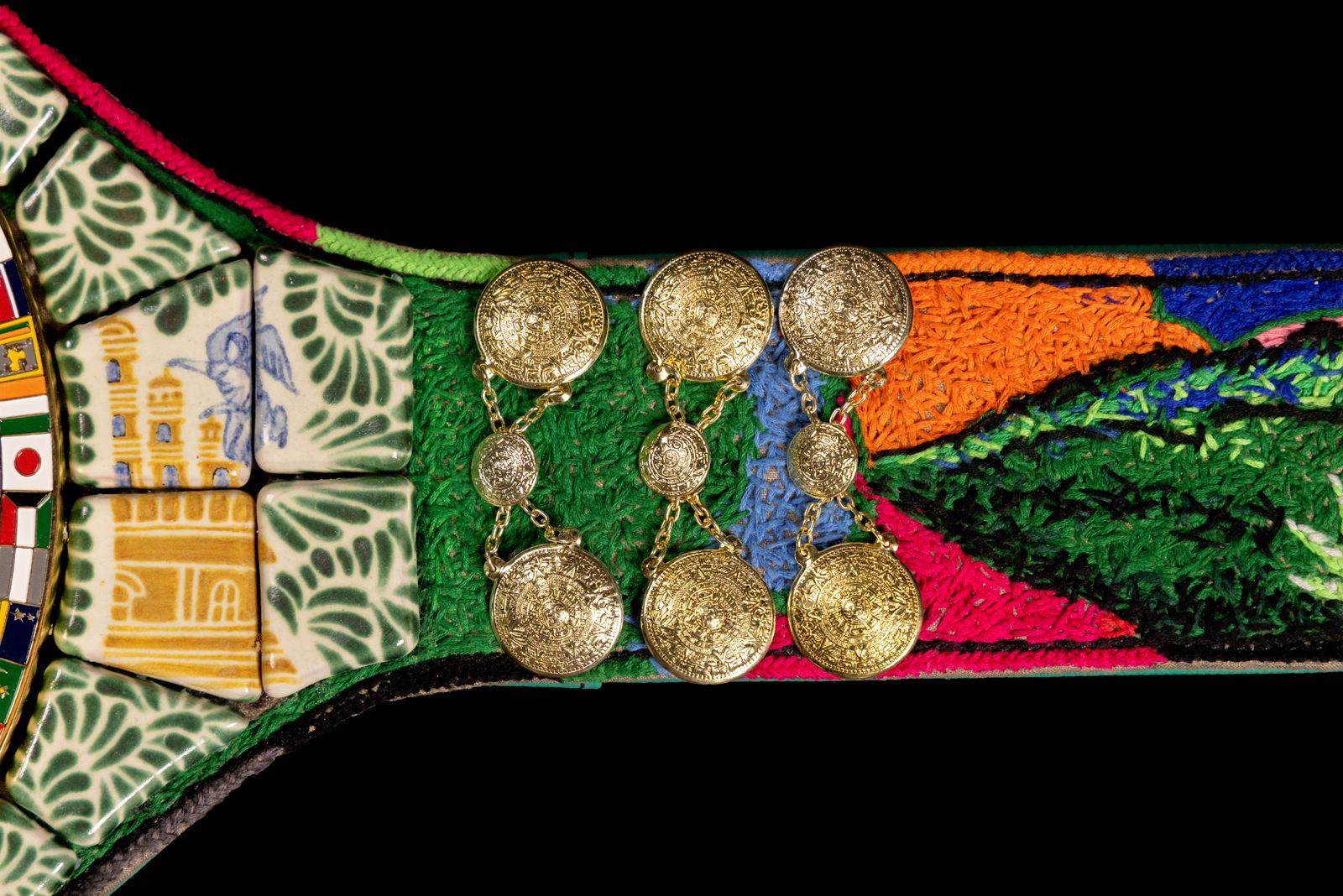
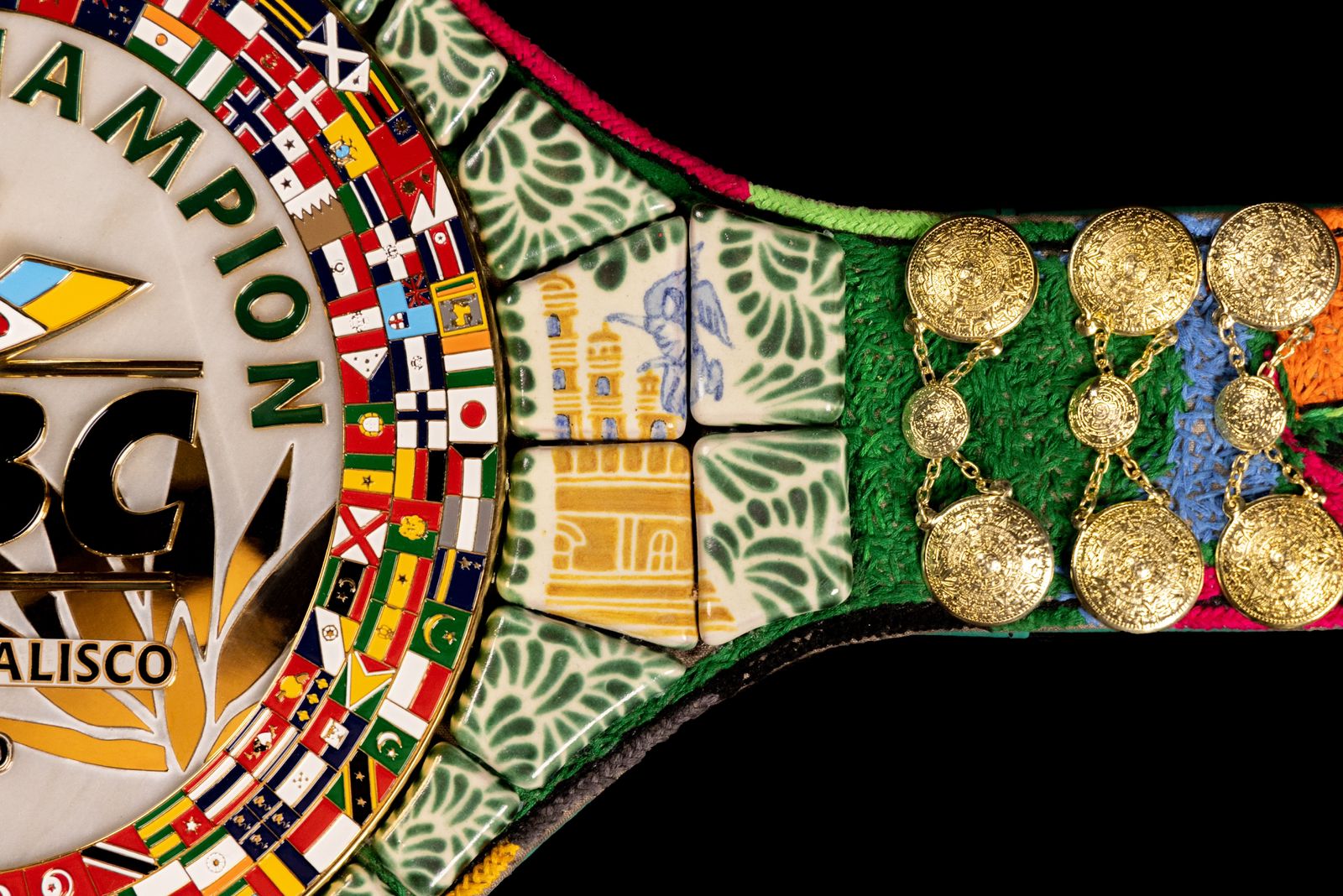
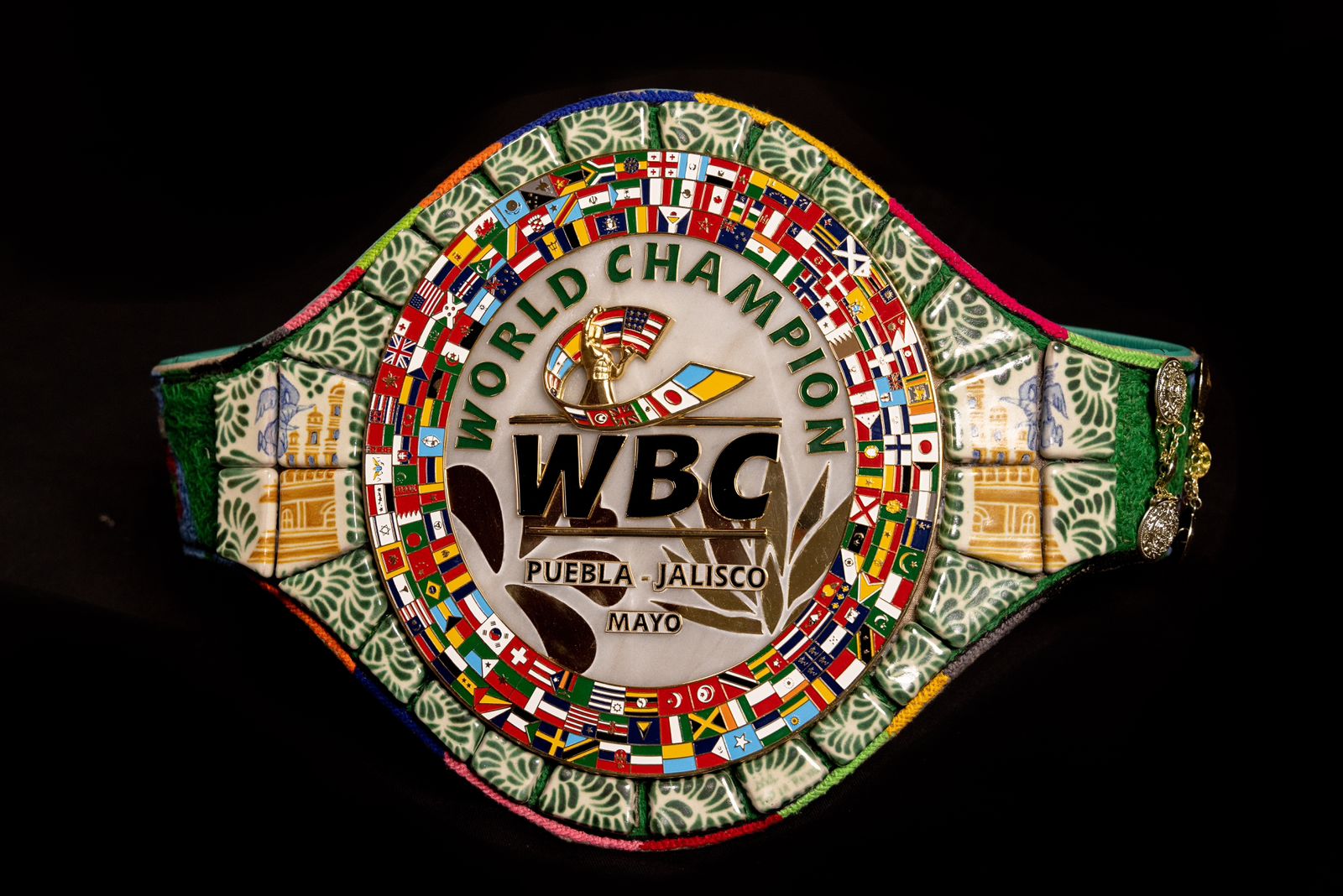
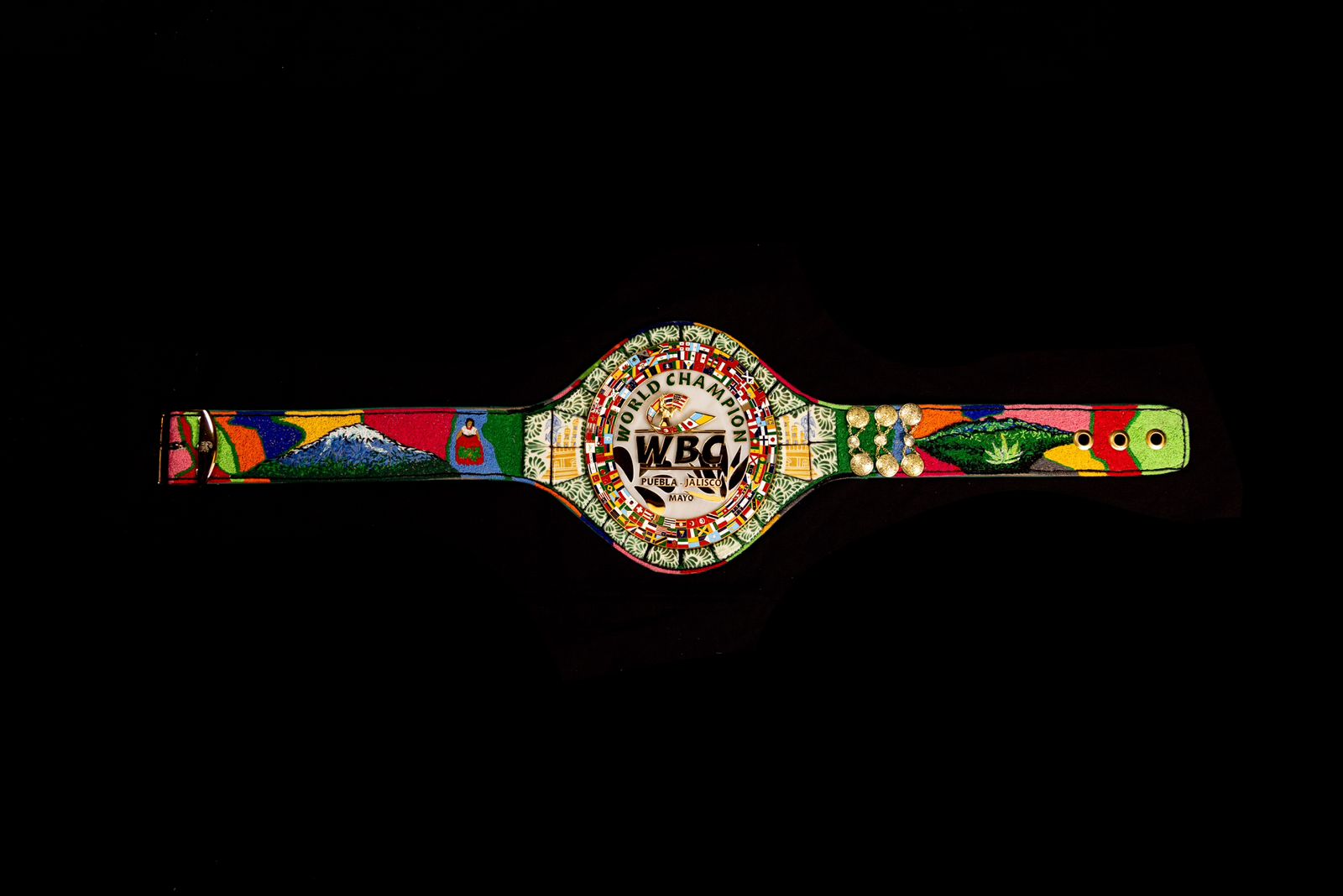

![]()
Related posts
test



